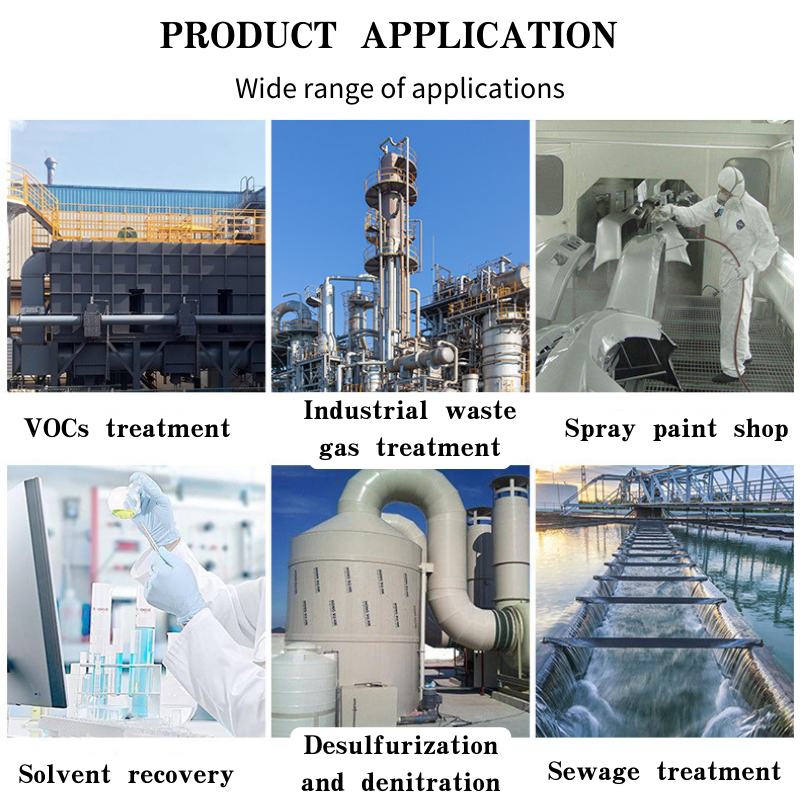
fluorite powder factory
The Flourishing Industry of Fluorite Powder Manufacturing
Fluorite, also known as calcium fluoride (CaF2), is a mineral that has garnered immense importance in various industries due to its unique properties. Among its myriad applications, the production of fluorite powder stands out as a vital segment. Fluorite powder is widely used in metallurgy, ceramics, optics, and the manufacturing of fluoride compounds, making fluorite powder factories pivotal to numerous supply chains.
The Production Process
The manufacturing of fluorite powder begins with the extraction of raw fluorite from mines. This mineral is typically found in hydrothermal veins, sedimentary rocks, and in association with other minerals. Once extracted, the fluorite ore undergoes a series of processes to ensure purity and particle size suitable for various industrial applications.
The first step in the process involves crushing and grinding the fluorite ore. This ensures that the mineral is broken down into smaller particles. Advanced grinding technologies, such as ball mills and vertical roller mills, are employed to achieve the desired particle size and fineness. This is critical as the properties of fluorite powder can significantly influence its performance in end-use applications.
Once ground, the fluorite powder undergoes a purification process to remove impurities. This is typically achieved through flotation techniques, where chemicals are used to separate fluorite from other minerals, enhancing its quality. The end product is a high-purity fluorite powder, often exceeding 97% CaF2 content. Quality control measures are essential at this stage to ensure that the powder meets industry standards and specifications.
Applications of Fluorite Powder
Fluorite powder is an essential component in various industries. One of its primary applications is in the metallurgical sector, where it is used as a flux in iron and steel production. The addition of fluorite helps to lower the melting point of the slag and enhances the fluidity, improving the efficiency of metal production.
fluorite powder factory

In ceramics, fluorite powder is utilized to produce high-performance ceramic materials. Its properties enhance the durability and aesthetic appeal of ceramic products, making them highly sought after in the construction and art industries. Furthermore, in the optical sector, fluorite crystals are valued for their low dispersion and light transmission properties, making them ideal for high-quality lenses and prisms.
The chemical industry also sees significant use of fluorite powder. It serves as a precursor in the production of various fluoride compounds, including hydrofluoric acid, which is a key ingredient in manufacturing refrigerants, pesticides, and pharmaceuticals.
Environmental Considerations
While the fluorite powder industry presents numerous economic advantages, it is essential to address the environmental impact of its production. Mining operations can lead to land degradation, water pollution, and loss of biodiversity. As a result, many manufacturers are now adopting sustainable practices to minimize their ecological footprint. This includes implementing efficient waste management systems, recycling water used in processing, and restoring mined areas.
Additionally, advancements in technology are leading to cleaner extraction and processing methods. The introduction of greener flotation agents, for instance, can reduce chemical impacts on the environment while maintaining product quality.
Conclusion
As the demand for fluorite powder continues to grow across various industries, fluorite powder factories are becoming increasingly vital. The specialized processes to produce high-quality fluorite powder not only meet the needs of different sectors but also highlight the significance of sustainable practices in manufacturing. As industries evolve, the fluorite powder production sector must adapt and innovate to ensure both economic viability and environmental responsibility. The journey of fluorite from the mine to the marketplace is a testament to the intricate relationship between natural resources and industrial progress, setting the stage for a sustainable future.
Share
-
Premium Resin Coated Sand - High Heat Resistance CastingNewsJul.31,2025
-
High Quality Silicon Carbide Grit for Abrasive ApplicationsNewsJul.30,2025
-
High-Quality Ceramsite for Plants & Gardening | Lightweight PebblesNewsJul.29,2025
-
Premium Burgundy Glass Marbles for Vases & Shooter GamesNewsJul.29,2025
-
High Purity Quartz Sand for Industrial and Ground ApplicationsNewsJul.29,2025
-
High-Quality Barite Powder for Drilling & Industrial UseNewsJul.29,2025






